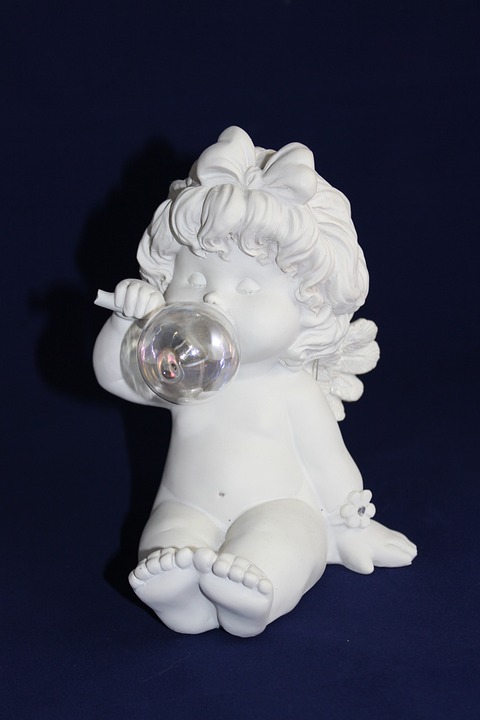Driftwood is a popular addition to fish tanks, not only for its natural and aesthetic appeal but also for the benefits it provides to the overall health and well-being of aquatic pets. One of the significant advantages of using driftwood in your aquarium is the release of natural tannins, which can positively impact water chemistry and fish health. In this article, we will explore the benefits of using fish tank driftwood, how to properly prepare and use it, and address some frequently asked questions.
Benefits of Using Fish Tank Driftwood
1. Natural Tannins: Driftwood releases tannins into the water, which is beneficial for certain fish species found in blackwater environments. Tannins create a natural tint in the water, simulating the conditions of the fishes’ natural habitat and reducing stress levels.
2. Water pH Regulation: Driftwood can help stabilize and lower the pH level in your aquarium, creating a more suitable environment for fish that thrive in slightly acidic water.
3. Improved Water Quality: Tannins have natural antibacterial and antifungal properties, which can help reduce the risk of diseases and infections among your fish. They also act as a natural water conditioner by binding to heavy metals and other toxins, detoxifying the water.
4. Behavioral Stimulation: Driftwood provides hiding spots, resting places, and territories for your fish, mimicking their natural habitat. This can alleviate stress and promote natural behaviors, ultimately leading to healthier and happier fish.
Preparing and Using Fish Tank Driftwood
1. Selection: Choose driftwood that is specifically meant for aquarium use, as wood collected from outdoors may contain harmful substances or parasites. Opt for hardwood driftwood, such as Malaysian driftwood or mopani wood, as they tend to release tannins more effectively.
2. Cleaning: Before adding driftwood to your aquarium, thoroughly rinse it to remove any dirt, debris, or loose tannins. Boiling the driftwood for 20-30 minutes can further sterilize it, ensuring it is safe to introduce into your tank. However, avoid using soap or any chemicals during the cleaning process.
3. Pre-Soaking: To prevent excessive tannin release, soak the driftwood in a separate container for several days or weeks, changing the water daily. This process helps leach out excess tannins and minimize the impact on water clarity.
4. Placement: Once the driftwood is properly prepared, carefully position it in your aquarium. Avoid overcrowding the tank, as it may hinder water flow and create dead spots. Experiment with different orientations to achieve the desired aesthetic appeal and maximize the benefits for your fish.
5. Monitoring and Maintenance: Regularly monitor the water parameters, such as pH and tannin levels, to ensure they remain within acceptable ranges for your fish species. If the water becomes too dark or the tannin levels are too high, perform partial water changes to dilute the tannins and maintain water quality.
FAQs about Using Fish Tank Driftwood
Q1: Will driftwood make my aquarium water murky?
A1: Initially, driftwood may release tannins that can tint the water, giving it a slight yellow or brownish hue. However, with regular water changes and proper maintenance, the water should clear up over time. Pre-soaking the driftwood helps minimize the release of excess tannins.
Q2: Can driftwood harm my fish?
A2: When properly prepared and sourced from reputable sellers, driftwood is generally safe for fish. However, it’s essential to monitor your fish for any signs of stress or adverse reactions. If you notice any issues, consider removing the driftwood or consulting with a fish health expert.
Q3: How long do tannins last in the water?
A3: The duration of tannin release can vary depending on the type of driftwood and its preparation. In most cases, the initial release of tannins can last for a few weeks to a few months. However, with regular water changes and maintenance, the intensity of tannin release will gradually decrease over time.
Q4: Can I use driftwood in a saltwater aquarium?
A4: While driftwood is commonly used in freshwater aquariums, it is generally not recommended for saltwater setups. Saltwater aquariums require specific pH and water chemistry levels, which may be negatively impacted by the tannins and other substances released by driftwood.
Incorporating fish tank driftwood into your aquarium can provide numerous benefits, including the natural release of tannins. By following the proper preparation and maintenance guidelines, you can create a healthier and more natural environment for your fish, promoting their overall well-being and enhancing the beauty of your aquatic display.









